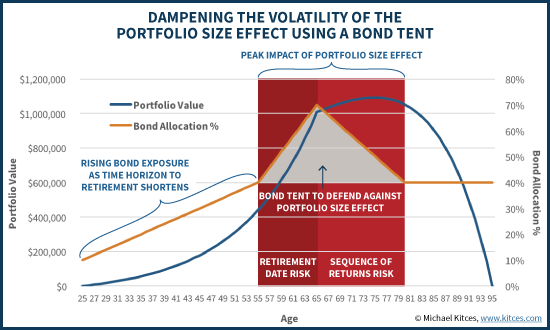My issue with SORR is that it doesn't seem to factor in early retirement. For a 30 year plan of a 65 yo retiree, it might make sense, but not so much for 40 or 50 years of an early retiree.
Take two people, both 45. Person A retires at 45, and sets their AA conservatively due to SORR risk, with a glide path of 10 years. After 10 years of low to moderate gains, they feel they have avoided SORR and go with their planned 50/50 or 60/40 AA.
Person B is now 55 as well, and just starting ER. They have the same amount of investments as Person A, and the same expenses. Since they are just starting, they reduce their equity investment due to SORR.
So both A and B have the same future in front of them, but A thinks they are clear of SORR, while B thinks they are exposed. How does that make sense?
Personally, I don't think it matters to me anymore. I retired nearly 10 years ago, and this has been a great run to give me a lot of buffer. Even though I'm 58 with hopefully plenty of years to go, I'm not worried about SORR. I've got enough non-equities to get me through a few years of a down market, and my VPW plan will throttle me back through the down years. I don't recall SORR being aware of SORR in 2011. I can't say for sure what I would've done.

